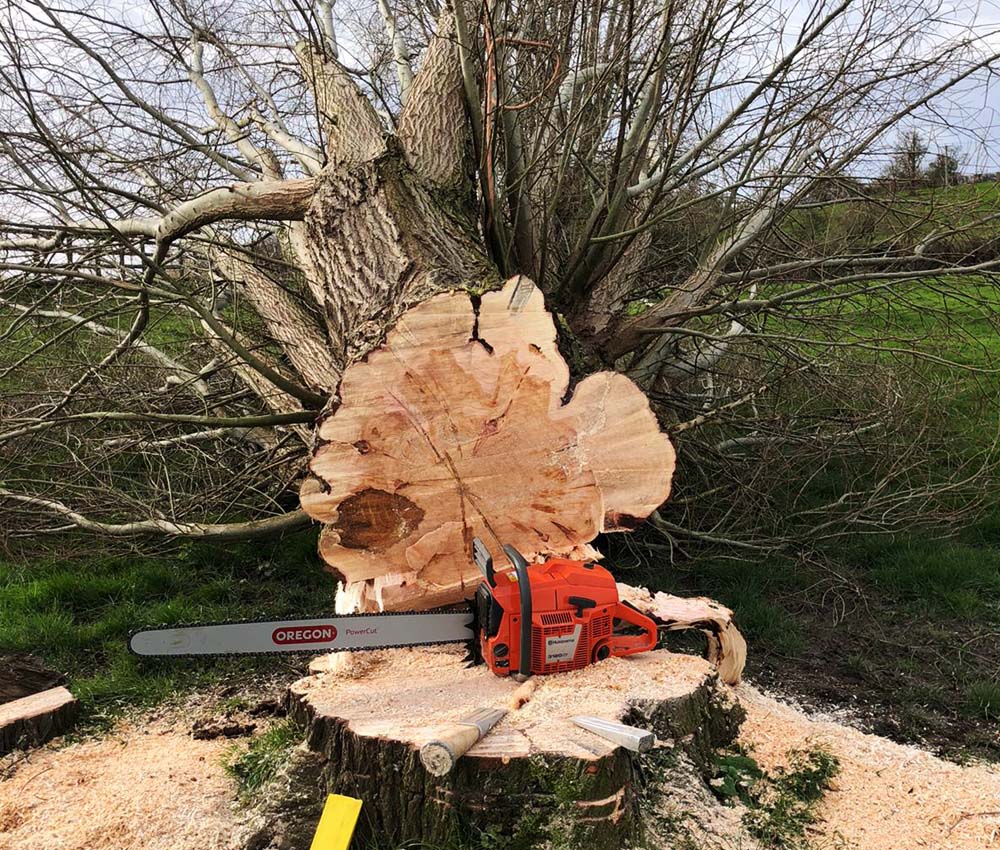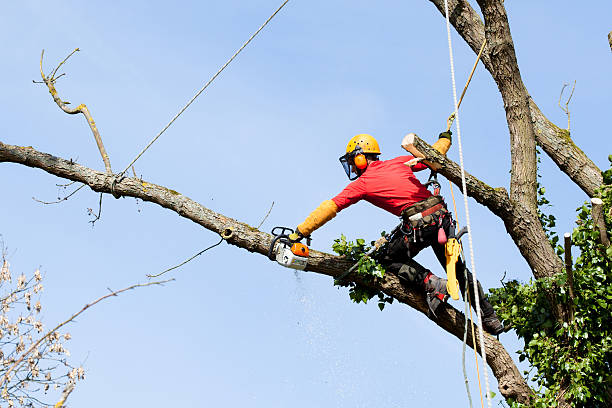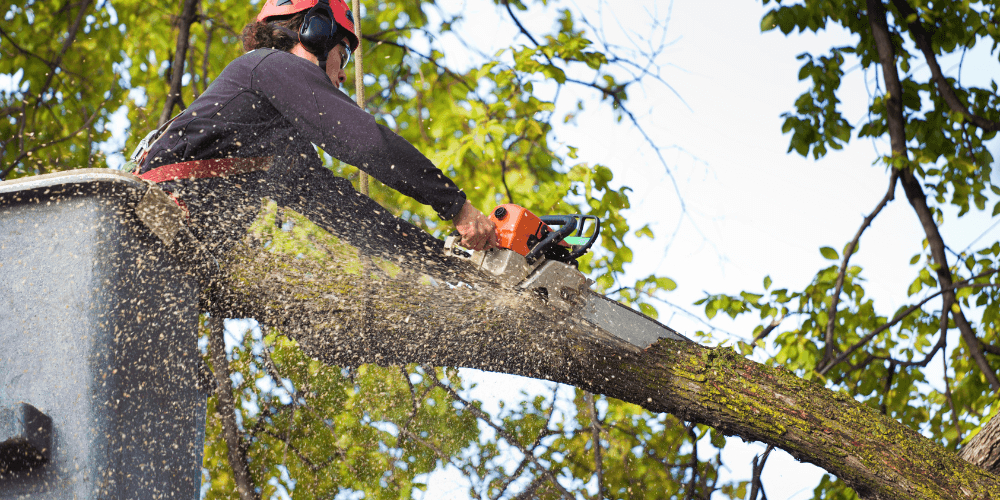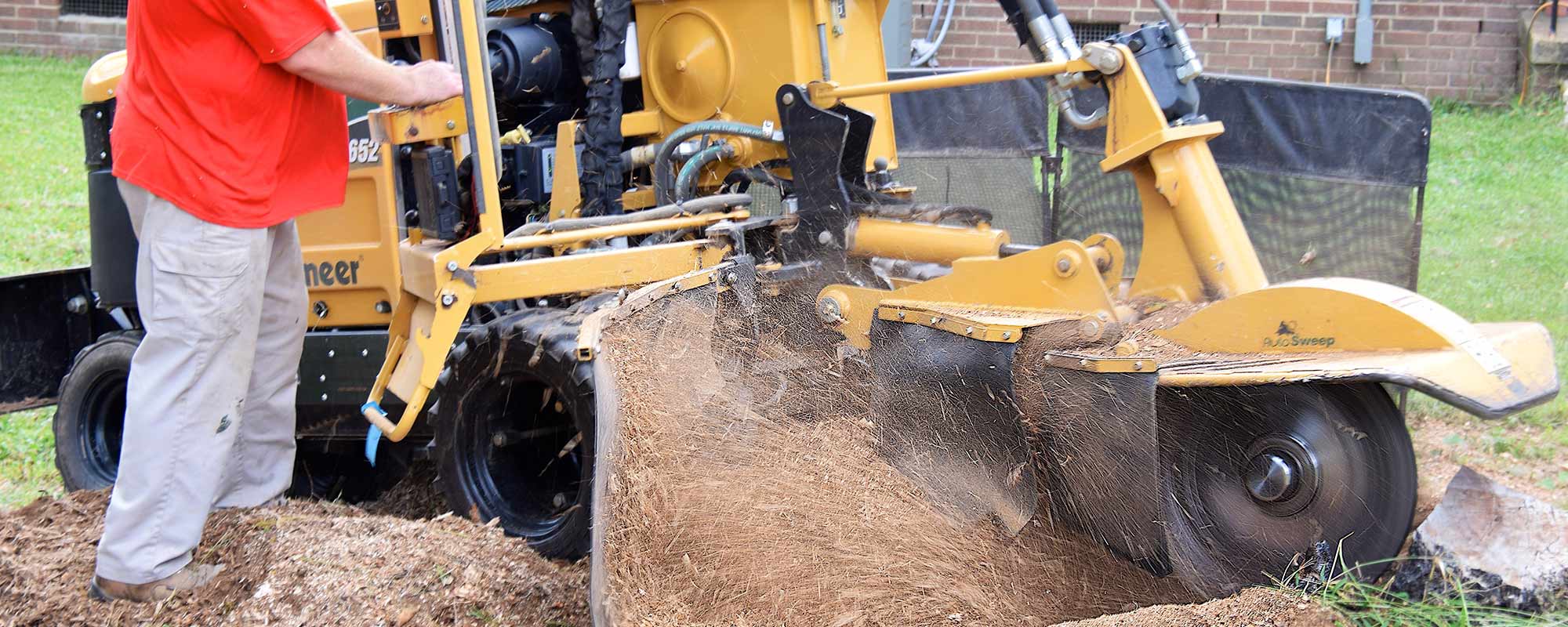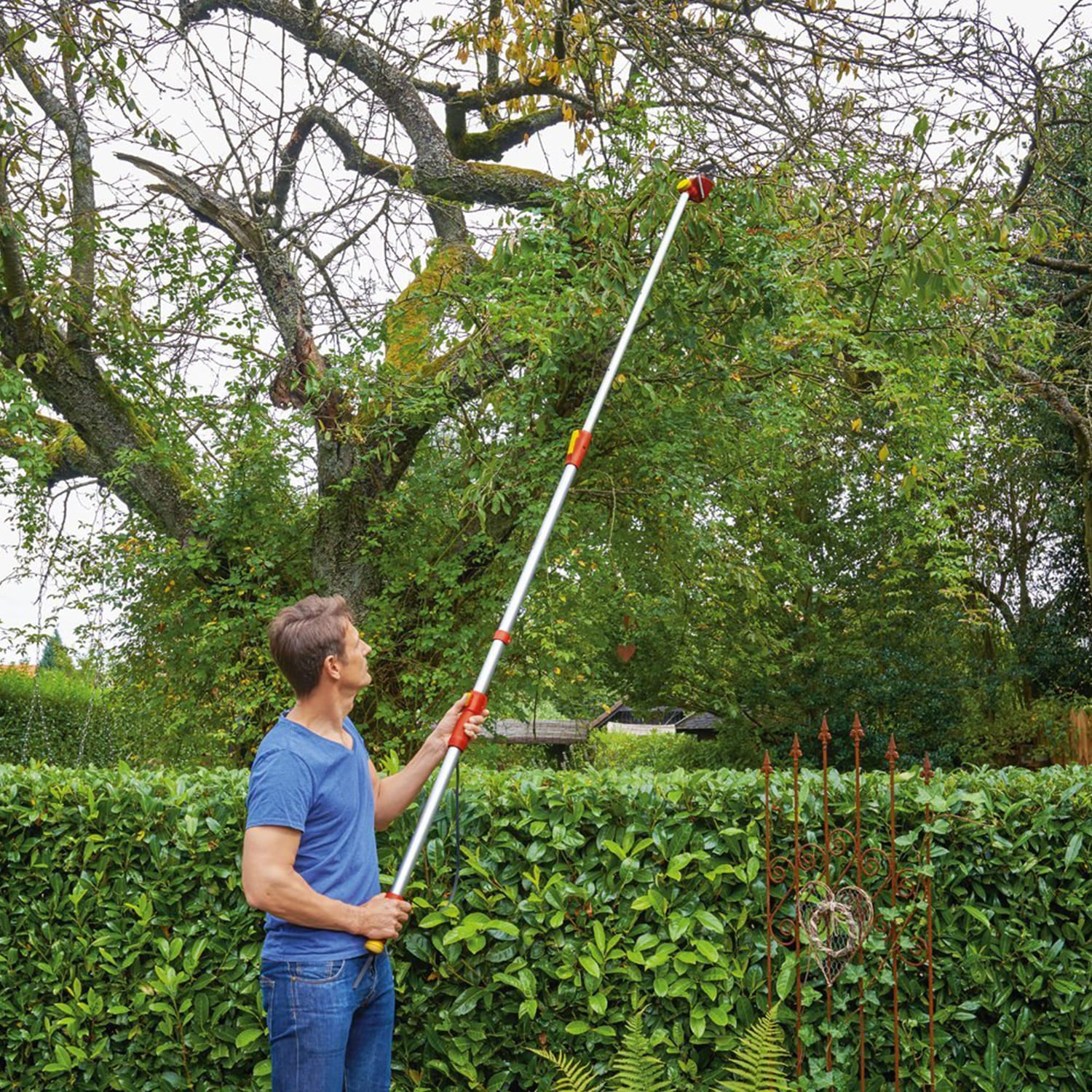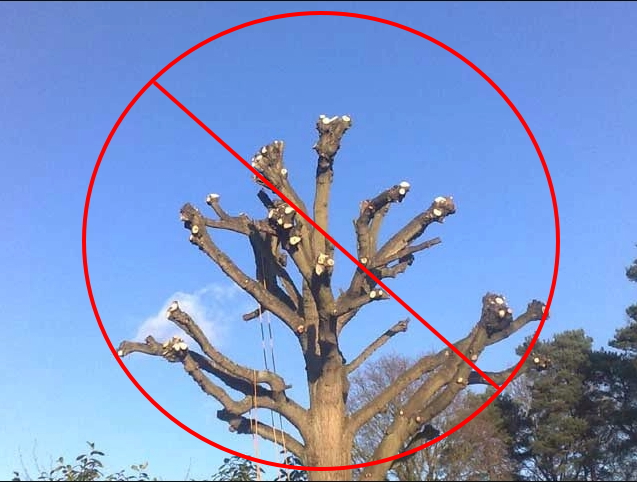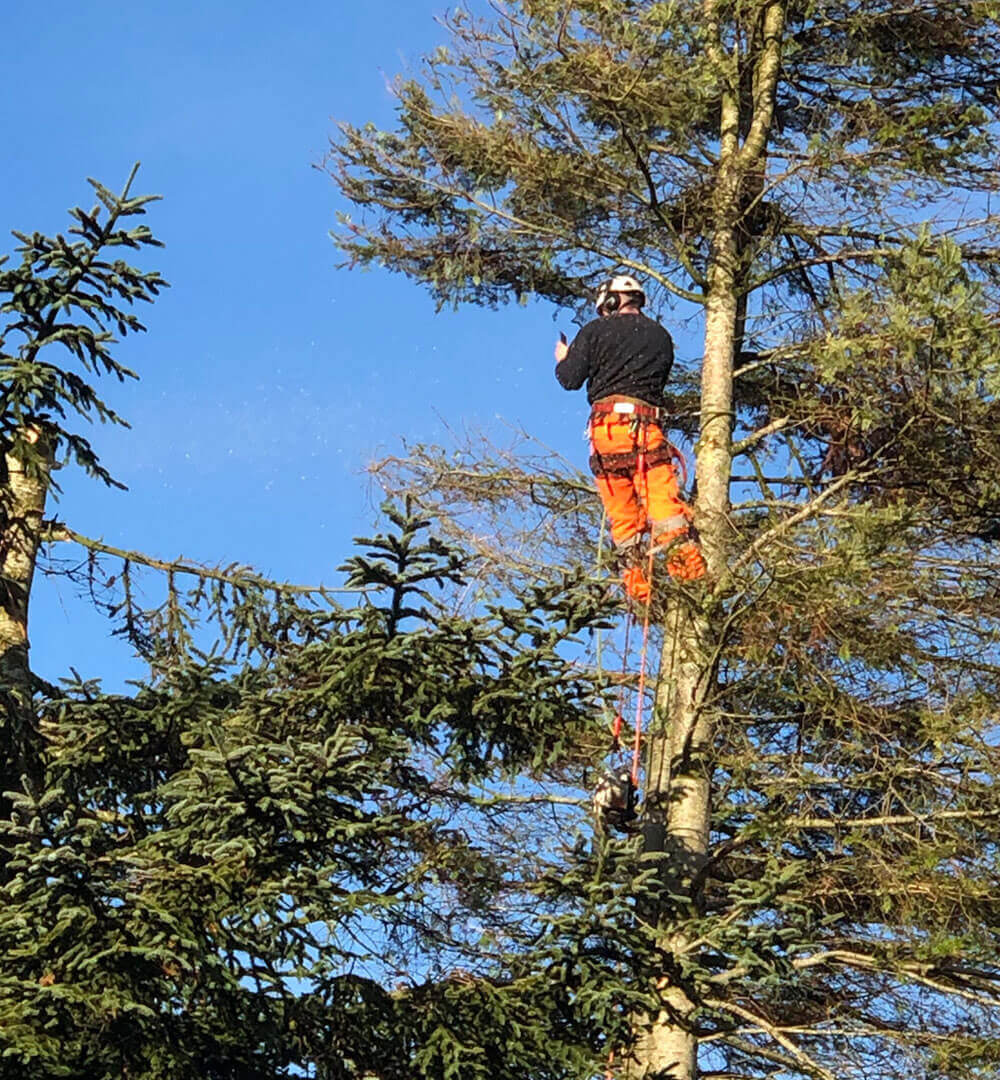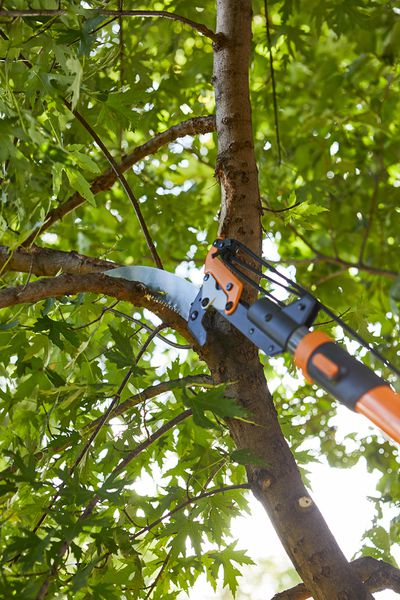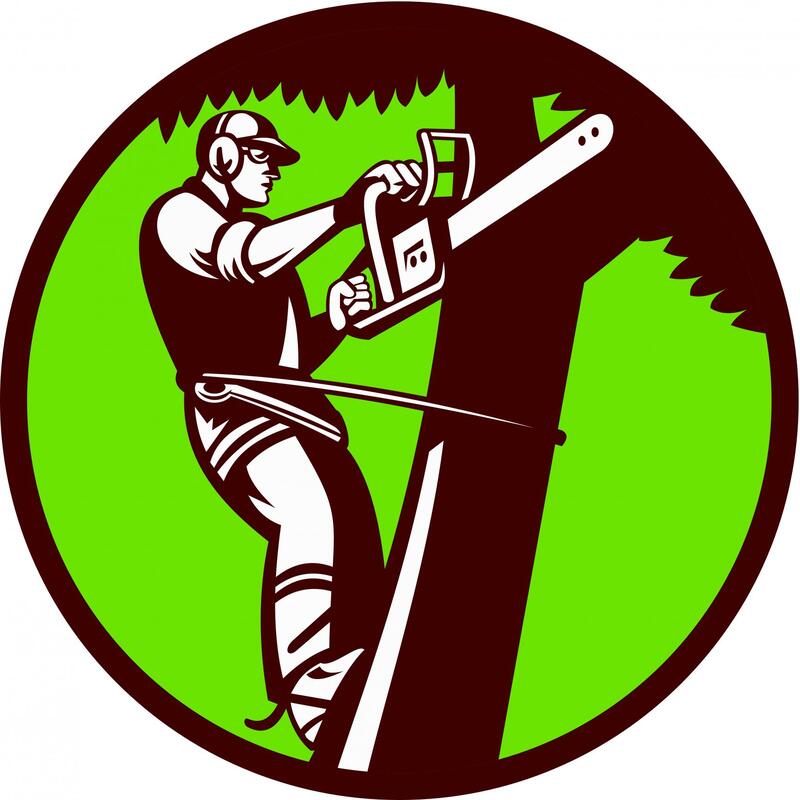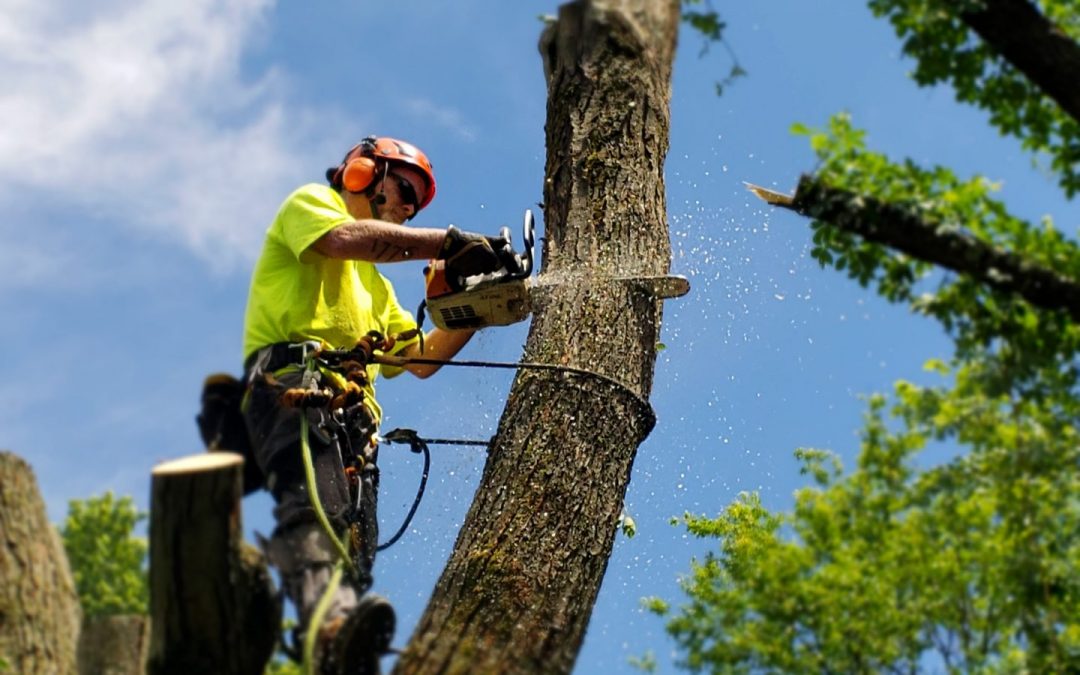[ad_1]
Qualifications for becoming a tree surgeon
A tree surgeon is a skilled professional who works on trees. The job requires the ability to climb trees, deal with harsh weather conditions, and work from heights. The job also requires a high level of physical fitness and the ability to multitask. Qualifications for becoming a tree surgeon may also include experience of working with specialist equipment.
The qualifications for becoming a tree surgeon are varied, but generally include physical fitness and good communication skills. You must have good upper body strength, and be able to lift heavy equipment and machinery. In addition, you must be able to work in a team and remain calm even in dangerous situations. A passion for science and trees is also helpful.
If you have a passion for trees, then a degree in arboriculture is likely to be the best route to take. A bachelor’s degree in arboriculture will help you to become a professional in the field. It includes coursework on general tree care, tree biology, chainsaw safety, and landscape design principles.
Once you have completed your course, you should approach businesses in your area who require tree services. Landscaping firms, building contractors, and civil engineers may need tree services. Utility and power companies might also need the services of a tree surgeon. Some tree surgeons even take on contract work for large public organisations, such as the Ministry of Defence.
Job duties of a tree surgeon
A tree surgeon’s job is a challenging and rewarding one. The work involves using various types of equipment, including chainsaws, axes, stump grinders, and cranes. Moreover, the job requires maintaining good health and safety procedures. The work can also be physically demanding, so a tree surgeon must be fit and healthy.
Tree surgeons typically cut down damaged and diseased trees. The work of a tree surgeon should be performed in collaboration with a certified arborist. The arborist makes tough decisions, and the tree surgeon should be able to act accordingly. Before hiring a tree surgeon, find out about their professional qualifications and ask for references.
Tree surgeons work in hazardous conditions every day, and they must always follow safety procedures. This job also requires them to diagnose tree health issues. They should have extensive knowledge of machinery and tools used in tree-related operations. Tree surgeons must also have strong climbing skills. They must be able to use machinery to remove dead or diseased trees.
Tree surgeons should have a good driving licence and be prepared to travel to different jobs. It is essential that they have at least a category B and E licence. Some jobs also require them to have a towing license in order to operate heavy machinery.
Career opportunities for tree surgeons
There are many different ways to become a tree surgeon. Although the minimum educational requirement is a high school diploma, some tree surgeons complete a Bachelor’s degree. There are also many training programs and continuing education opportunities for tree surgeons. These training programs and continuing education modules provide essential information on the duties and responsibilities of a tree surgeon. In addition, tree surgeons should have hands-on experience, such as volunteer work.
The work of a tree surgeon involves working at heights and requires a high level of physical fitness. As a tree surgeon, you’ll be working on a variety of trees, from ancient oak trees to brand-new woodland. You’ll also be able to travel around the country and explore new places. Tree work is physically demanding, requiring extensive manual handling and heavy equipment. However, being physically fit is highly beneficial, as it helps protect your body against illness and injury.
Career opportunities for tree surgeons are plentiful across the country. You can find work in Virginia to Hawaii. It’s important to note that tree surgeons wear protective clothing and are required to be well-protected. They typically wear long pants, long-sleeved shirts, safety glasses, hard hats, and work boots. You’ll also be required to wear bright colors to ensure your visibility.
There are many benefits to being a tree surgeon. This profession requires you to climb trees to considerable heights and use heavy equipment. It’s a full-time job requiring 40 hours per week, and you’ll often need to work under adverse weather conditions. As with any job, it’s important to be familiar with the job description and qualifications of tree surgeons and arborists before hiring.
[ad_2]
